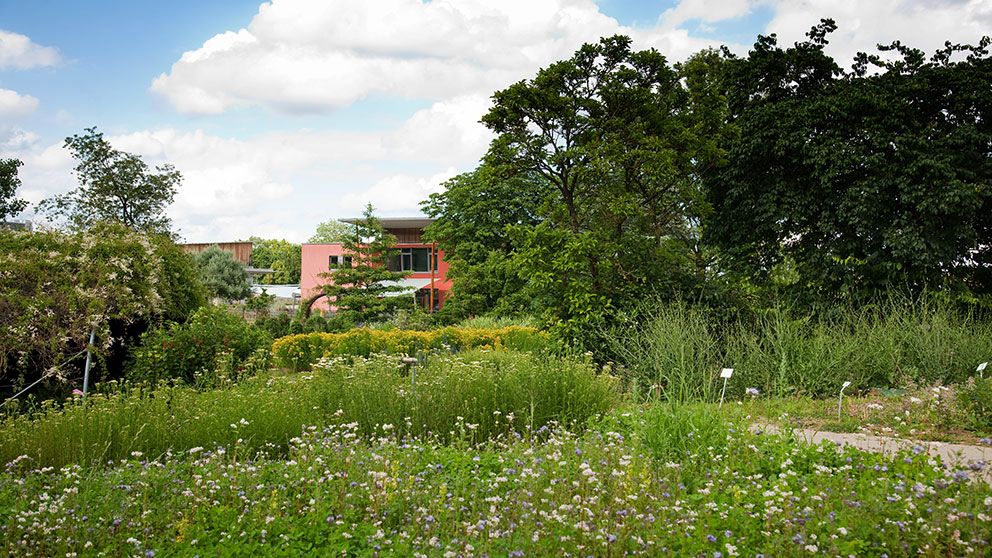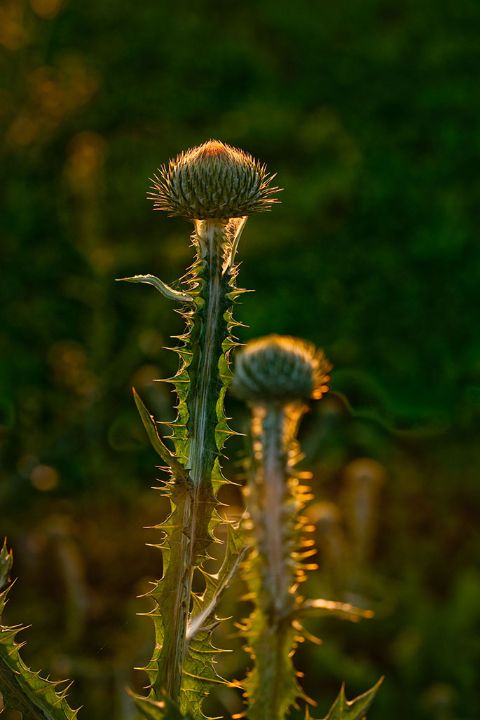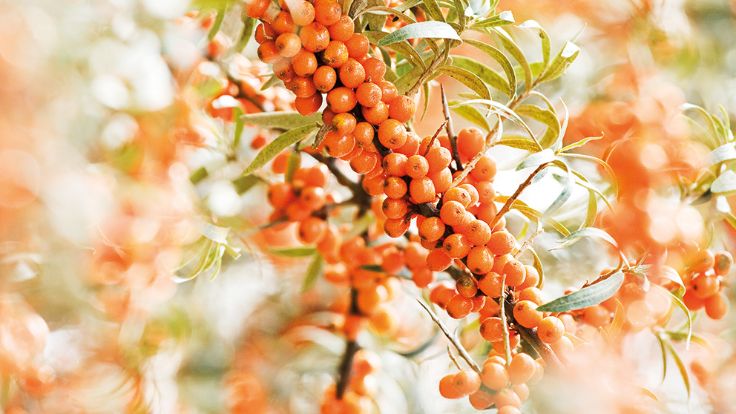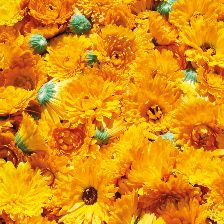
Medicinal plants – wisdom from nature
We draw on an abundance of healing plants
For thousands of years humans have looked to plants as natural health remedies. In order to tap into their healing properties, extensive knowledge is required. Weleda decodes the wisdom of nature in a special way.
How many medicinal plants are there?
Almost everyone has heard of medicinal herbs and plants, which are used and appreciated around the world for their healing effects. Among the most popular are arnica, St. John’s wort, fennel, lavender, yellow gentian, chamomile, mint, thyme and the onion. But the number of plants with therapeutic properties is much larger. According to estimates by the WWF (World Wide Fund For Nature), between 50,000 and 70,000 plant species are used worldwide for health purposes. In Europe nearly 2,000 plant species are put to medicinal use; around 1,200 of them are indigenous to the continent.1) According to the World Health Organization (WHO), 80 percent of the world’s population uses medicinal plants for basic medical care.
Tried and tested over thousands of years
Herbal medicine, also known as phytotherapy, is one of the oldest healing methods. Long before there was aspirin, herbalists knew that willow bark had a soothing and antiseptic effect on pain and fever. In Germany, about 50 percent2) of the drugs currently in use are based on medicinal plants or their active ingredients, although the whole plant is rarely used. Instead, the plant often serves as the source material from which active substances are then isolated. For example, morphine, a very strong painkiller, is extracted from the opium poppy.
The wisdom of nature
Although it is important to know the properties of individual active ingredients, Aristotle’s thesis that “the whole is greater than the sum of its parts” often seems to apply to medicinal plants. This is because plants contain hundreds or even thousands of different ingredients that work together in complex ways.
Anthroposophic medicines often contain compositions of various medicinal plants which can be used, for example, to treat digestive issues. Not only is it important to consider the individual ingredients and their concentration, but also how those different ingredients interact: together they form something new. The compositions used in anthroposophic medicines therefore go beyond pure phytotherapy.
Medicinal plant: more than just a “substance”
Many factors affect how medicinal plants grow: climate and soil, the rhythm of day and night or even the rhythm of the seasons. They help determine how a medicinal plant is used. According to current research in anthroposophic medicine, the effects of medicinal plants cannot be reduced to their physical effects. They also have an effect on the mental and spiritual level. In order to understand these connections, many years of specialized training is necessary, along with the practice of certain techniques. For example, a plant or its location may be drawn repeatedly over the course of the year. Changes that take place as the plant grows and its various developmental phases become clearly visible in this way and it can bring about a new awareness and understanding of the plant’s essence.
Europe’s largest biodynamic medicinal plant garden
At the edge of the Swabian Alb, in Wetzgau near Schwäbisch Gmünd, lies the heart of Weleda: the largest biodynamic medicinal plant garden in Europe. 120 different species of medicinal plants are cultivated in this biotope, which is home to more than 900 plant species in total. Mainly annual and perennial native species are grown in the open, including 25 different woody plants. Flowers, fruits, roots, whole plants and tree bark are harvested throughout the year. Meanwhile, tropical plants such as bryophyllum and passiflora (passion flower), and warmth-loving plants such as tabacum (tobacco) are cultivated by gardeners in greenhouses. Visitors can experience the special ways in which Weleda medicinal plants are grown, from the cultivation of seeds to soil care, compost and harvesting of our herb garden. A visit is worthwhile: www.weleda.de/weleda/erlebniszentrum.
Weleda draws on an abundance of healing plants
The natural healing power of plants, metals and minerals is at work in the medicinal products made by Weleda. It is activated in a very special way thanks to the unique processes we use in their production.
Many traditional medicinal plants are also used in our natural cosmetic products, our bodycare and skincare ranges, in the form of essential oils and herbal ingredients. Calendula (marigold) is not only an ingredient in our baby care products, but also in our popular Skinfood. The Skinfood formula from 1926 contains extracts of calendula, rosemary, chamomile and viola tricolour (pansy).
Sources:
1) Naturmedizin boomt – häufig auf Kosten der Natur, www.wwf.de
2) Der Wert der biologischen Vielfalt, www.wwf.de
The history of herbal remedies and medicinal herbalism
- Pedanius Dioscorides (1st century AD)
“De Materia Medica”, the first comprehensive encyclopaedia of herbal medicine in Europe, was written by the Greek physician Dioscorides. In it, he described 1,000 remedies, 600 of which were herbs. It was considered a standard reference for medicinal remedies until the 17th century and was translated into several languages. - Hildegard of Bingen (1098–1179)
Hildegard of Bingen was a Benedictine nun, abbess, poet, musical composer and an influential universal scholar. Considered the first German natural scientist, her spiritual views were partly the result of visions. In her work Physica, a kind of pharmacopoeia, she described around 300 medicinal plants.
- Paracelsus (1493–1541)
Theophrastus Bombastus von Hohenheim, who worked under the name Paracelsus, is one of the most influential figures in the history of medicine. He was a travelling doctor, a mystic and an alchemist, as well as a city doctor and a professor in Basel, Switzerland. By observing the essence of a plant he surmised its healing potential, from which he developed his Doctrine of Signatures. He paid great attention to the exact dosage, maintaining that “All things are poison, and nothing is without poison. Only the dose makes a thing not a poison.” - Books on herbs and herbal medicine (modern era)
Thanks to the invention of printing, books on herbs and herbal remedies, which were very much in demand at the time, could be made available to a wider public. The following authors count among the fathers of botany.Otto Brunfels (1489–1534): Contrafayt Kreuterbuch (1532) is a collection of naturalistic plant illustrations.
Hieronymus Bock (1498–1554): Neu Kreuterbuch (1539). In it, the priest and physician described numerous plants for the first time. His book contains 450 woodcuts.
Leonhardt Fuchs (1501–1566): New Kreüterbuch (1543). This book by the most important author of herbal books in the 16th century included more than 500 detailed illustrations.
- Rudolf Steiner (1861–1925) and Ita Wegman (1876–1943)
Together with the physician Ita Wegman, Rudolf Steiner founded anthroposophic medicine, in which the affinity between people and nature plays an important role. Anthroposophic medicine is an integrative medical system that draws on two sources: conventional medicine, based on the natural sciences, and the findings of Anthroposophy, based on the spiritual sciences. The two approaches go hand in hand. This is because the human being consists of body, mind and spirit, which influence each other mutually.

















